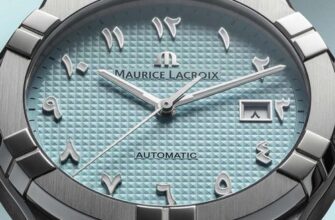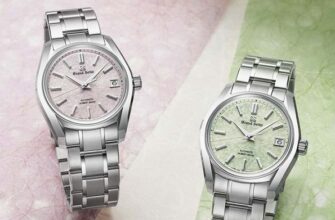Technically, the bezel is an independent part of the case that holds the glass. As the potential of the wristwatch unfolded, this element also took on new forms. Today, the bezel, depending on its purpose, can have different embodiments, which largely determine the style of the wrist accessory, and perform different tasks. The main difference between a functional bezel and a decorative one is the possibility of rotation or the scale placed on it. Let's look at some types.

Dive time on a dive watch
A unidirectional rotating ring with graduations, or lunette, is a must-have element of a dive watch. It serves to control the air supply, as well as the dive or ascent time. The bezel of a dive watch can only rotate in one direction - to the right (forward time countdown) or to the left (forward time countdown).
Direct countdown (the arrow moves from the zero mark to the digital division)
Set the zero mark opposite the minute hand. As soon as the arrow reaches the desired division on the bezel, the time is up.
Countdown (the arrow moves from the digital division to the zero mark)
Place the desired mark on the bezel opposite the minute hand. As soon as the minute hand reaches the zero mark, the time has expired.
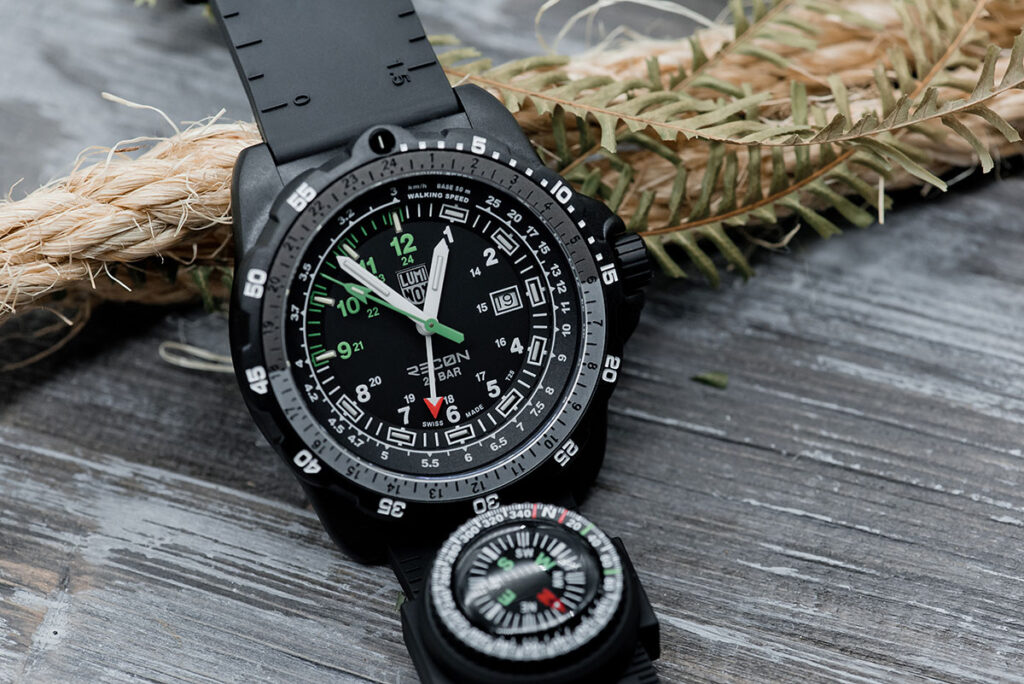
Definition of the world
We have already told you how you can determine the south direction using the sun and a clock. A rotating bezel with a painted or engraved compass marking makes this task easier.
Hold the watch horizontally, the hour hand should point to the sun, move the S (south) mark so that the angle between the hour hand and the 12 o'clock mark is divided in half. This method is suitable for the Northern Hemisphere from 6 am to 6 pm.

Tachymeter – determination of speed over a set segment
The tachymeter on the bezel of a chronograph watch allows you to find out the average speed over a kilometer segment of the journey. The scale, as a rule, is drawn from 60 km/h, but there are also “pedestrian” options, where there is an additional circle from 5 km/h.
Start the stopwatch at the beginning of the journey, and press pause at the end of the segment. The second hand will indicate the corresponding number on the scale.

GMT – second time zone function
The GMT function is a 24-hour scale marked on the bezel. As a rule, it works in tandem with an additional central second time zone hand. However, the time of the second time zone can be adjusted using the bezel itself - knowing the time difference, shift it by the required number of steps to the right or left side relative to the clockwise.
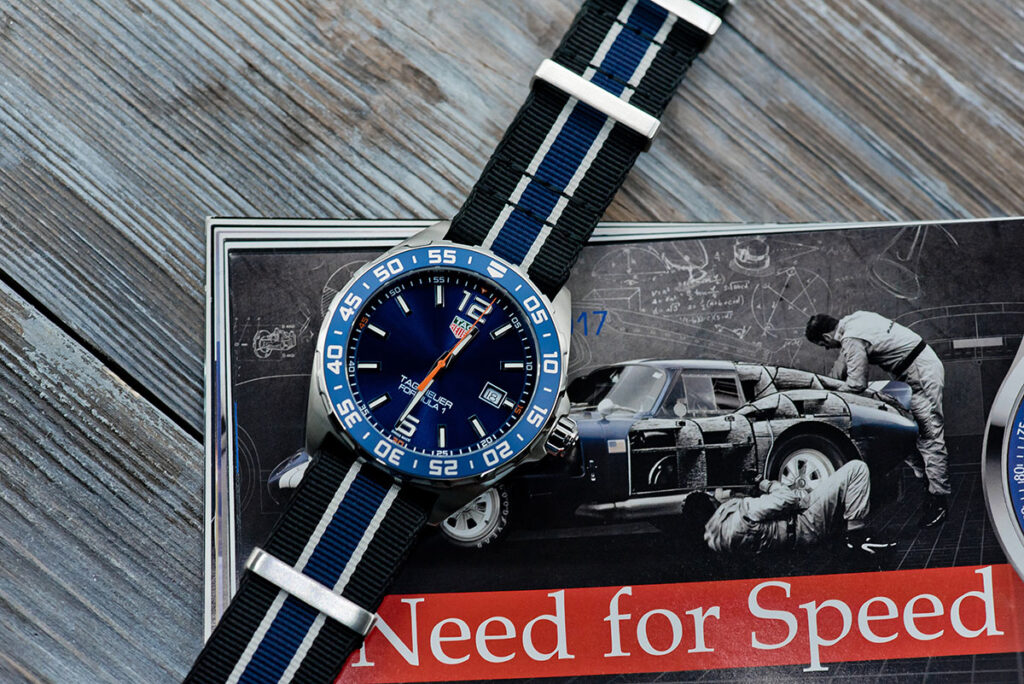
Telemeter - measuring the distance to a sound source
The calculation is based on the speed of sound in air, which is approximately 343 m/sec in dry air conditions at a temperature of 20C. The maximum distance that the owner of the watch can measure is about 20 meters (the time between two phenomena will be just about 000 seconds).
When you see the source of the sound (for example, a flash of lightning), press start of the stopwatch, and when you hear the sound itself (a clap of thunder), press pause. The second hand will indicate a number on the bezel - this is the distance to the thunderstorm.
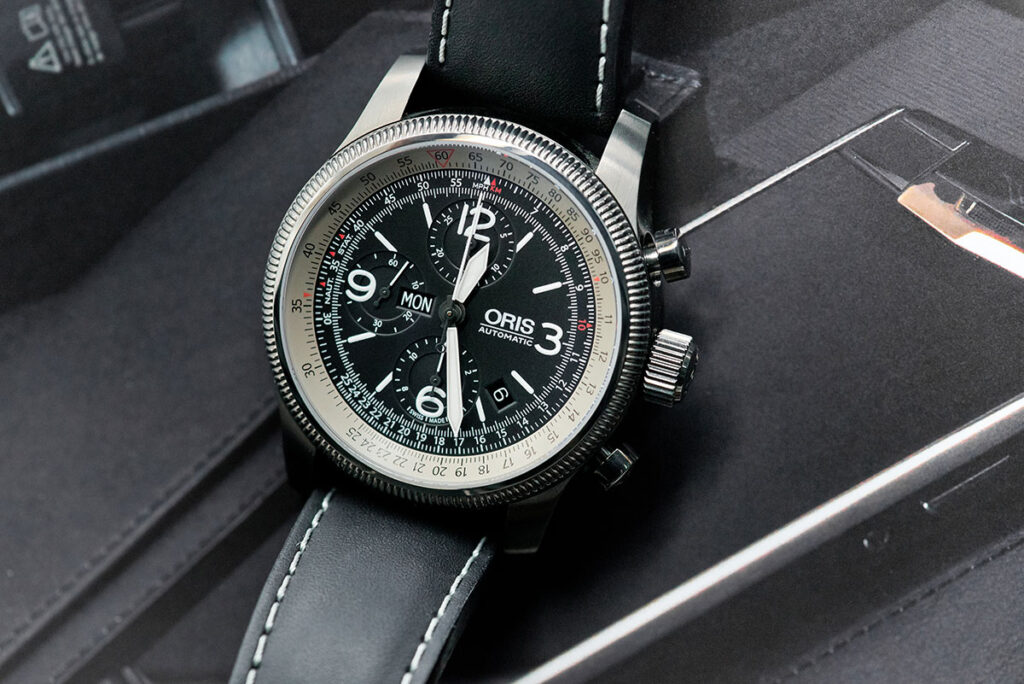
Slide rule for calculations
A slide rule allows you to perform various mathematical calculations. Multiplication and division, exponentiation, calculation of percentages, fuel consumption, exchange rates, converting degrees from Celsius to Fahrenheit and so on - all this can be done using
wristwatch.
Example № 1
15x12 =?
We find the number 15 on the outer scale, connect it with the number 10 on the inner (the reference point used in simple calculations, it is highlighted with a white background). Then to the right we find the number 12 on the inner scale, on the contrary - 18 on the outer one. Correct answer: 180.
Example #2
200:20=?
We find the number 20 on the outer scale and combine it with the number 20 on the inner one. After this, we find the number 10 (reference point) on the internal scale and look at the number opposite. Correct answer: 10.






